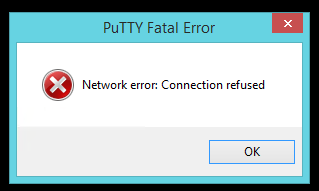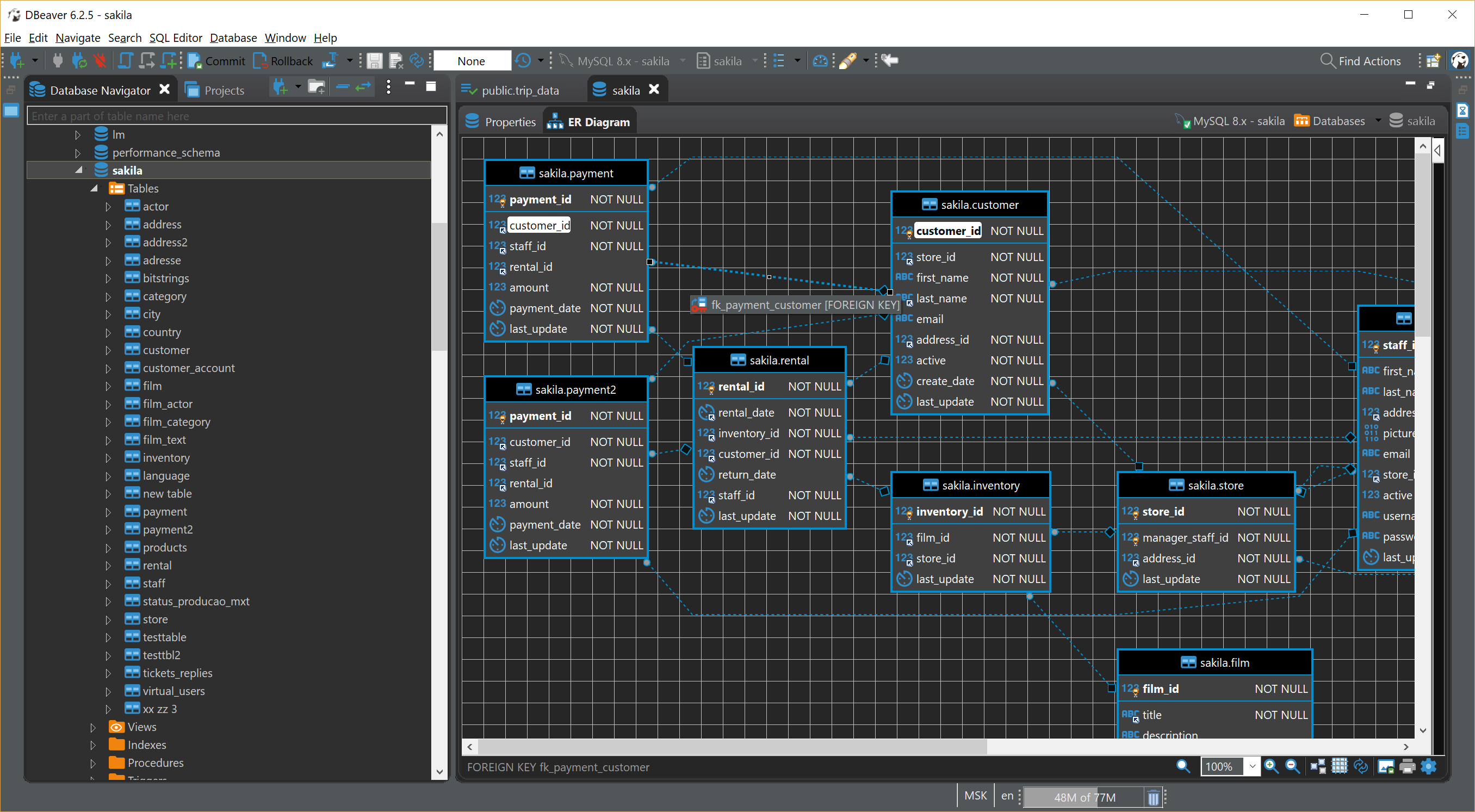In case it can't accept the current client because the maximum number of clients was already accepted, Redis tries to send an error to the client in order to make it aware of this condition, and closes the connection immediately. Could not connect to Redis at 127.0.0.1:6379: Connection refused This indicates that redis is indeed closed The above installation and test operation of redis on MacOS is the whole content shared by Xiaobian. Replaced bind 127.0.0.1 with bind 0.0.0.0 in the /etc/redis/redis.conf file, the line does not have a leading # nor space, Replaced protected-mode yes with protected-mode no in this same file, Allowed all traffic to port 6379 using ufw allow 6379 and ufw allow 6379/tcp; But I can’t get it to work.
You’ve heard that Redis has an embedded scripting language, but haven’t given ita try yet? Here’s a tour of what you need to understand to use thepower of Lua with your Redis server.
Hello, Lua!
Our first Redis Lua script just returns a value without actually interacting withRedis in any meaningful way:
This is as simple as it gets. The first line sets up a local variable with ourmessage, and the second line returns that value from the Redis server to theclient. Save this file locally as hello.lua and run it like so:
Connectivity Problems?

This redis-cli example assumes that you're running a Redisserver locally. If you're working with a remote server like RedisGreen, you'llneed to specify host and port information. Find the Connect button onyour RedisGreen dashboard to quickly copy the login info for your server.
See also: Could not connectto Redis at 127.0.0.1:6379: Connection refused.
Running this will print “Hello, world!”. The first argument ofEVAL is the complete lua script — here we’re using the catcommand to read the script from a file. The second argument is the number of Rediskeys that the script will access. Our simple “Hello World” script doesn’taccess any keys, so we use 0.
Accessing Keys and Arguments
Suppose we’re building a URL-shortener. Each time a URL comes in we want to storeit and return a unique number that can be usedto access the URL later.
We’ll use a Lua script to get a unique ID from Redis using INCR andimmediately store the URL in a hash that is keyed by the unique ID:
We’re accessing Redis for the first time here, using the call() function.call()’s arguments are the commands to send to Redis: first we INCR <key>,then we HSET <key> <field> <value>. These two commands will run sequentially— Redis won’t do anything else while this script executes, and it will runextremely quickly.

We’re accessing two Lua tables, KEYS and ARGV. Tables are associativearrays, and Lua’s only mechanism for structuring data. For ourpurposes you can think of them as the equivalent of an array in whateverlanguage you’re most comfortable with, but note these two Lua-isms that trip upfolks new to the language:
Tables are one-based, that is, indexing starts at 1. So the first element in
mytableismytable[1], the second ismytable[2], etc.Tables cannot hold nil values. If an operation would yield a table of
[ 1,nil, 3, 4 ], the result will instead be[ 1 ]— the table istruncated at the first nil value.
When we invoke this script, we need to also pass along the values for the KEYSand ARGV tables. In the raw Redis protocol, the command looks like this:
When calling EVAL, after the script we provide 2 as the number ofKEYS that will be accessed, then we list our KEYS, and finally we providevalues for ARGV.
Normally when we build apps with Redis Lua scripts, the Redisclient library will take care of specifying the number of keys. The above codeblock is shown for completeness, but here’s the easier way to do this on at thecommand line:
When using --eval as above, the comma separates KEYS[] from ARGV[] items.
Just to make things clear, here’s our original script again, this time withKEYS and ARGV expanded:
When writing Lua scripts for Redis, every key that isaccessed should be accessed only by the KEYS table. The ARGV table is used for parameter-passing — here it’s the value ofthe URL we want to store.
Conditional Logic: increx and hincrex

Our example above saves the link for our URL-shortener, but we also need totrack the number of times a URL has been accessed. To do that we’ll keep acounter in a hash in Redis. When a user comes along with a link identifier,we’ll check to see if it exists, and increment our counter for it if it does:
Each time someone clicks on a shortlink, we run this script to track that thelink was shared again. We invoke the script using EVAL and pass inlinks:visits for our single key and the link identifier returned from ourprevious script as the single argument.
The script would look almost the same without hashes. Here’s ascript which increments a standard Redis key only if it exists:
SCRIPT LOAD and EVALSHA
Remember that when Redis is running a Lua script, it will not run anything else.The best scripts simply extend the existing Redis vocabulary of small atomic dataoperations with the smallest bit of logic necessary. Bugs in Lua scripts can lockup a Redis server altogether — best to keep things short and easy to debug.

Even though they’re usually quite short, we need not specify the full Lua scripteach time we want to run one. In a real application you’ll instead register eachof your Lua scripts with Redis when your application boots (or when you deploy),then call the scripts later by their unique SHA-1 identifier.
An explicit call to SCRIPT LOAD is usually unnecessary in a live applicationsince EVAL implicitly loads the script that is passed to it. An applicationcan attempt to EVALSHA optimistically and fall back to EVAL only if the scriptis not found.
Redis Cli Connection Refused
If you’re a Ruby programmer, take a look at Shopify’s Wolverine,which simplifies the loading and storing of Lua scripts for Ruby apps. For PHPprogrammers, Predis supports adding Luascripts to be called just as though they were normal Redis commands. If youuse these or other tools to standardize your interaction with Lua, let me know— I’d be interested to find out what else is out there.
When to use Lua?
Redis support for Lua overlaps somewhat with WATCH/MULTI/EXECblocks, which group operations so they are executed together. So how do youchoose to use one over the other? Each operation in a MULTI block needs to beindependent, but with Lua, later operations candepend on the results of earlier operations. Using Lua scripts can also avoidrace conditions that can starve slow clients when WATCH is used.
From what we’ve seen at RedisGreen, most apps that use Lua will also useMULTI/EXEC, but not vice versa. Most successful Lua scripts are tiny, and justimplement a single feature that your app needs but isn’t a part of the Redisvocabulary.
Visiting the Library

The Redis Lua interpreter loads seven libraries: base, table,string,math,debug,cjson,and cmsgpack. The firstseveral are standard libraries that allow you to do the basic operations you’dexpect from any language. The last two let Redis understand JSON and MessagePack— this is an extremely useful feature, and I keep wondering why I don’tsee it used more often.
Redis Connection Refused Mac Os
Web apps with public APIs tend to have JSON lying around all over. So maybe youhave a bunch of JSON blobs stored in normal Redis keys and you want to accesssome particular values inside of them, as though you had stored them as a hash.With Redis JSON support, that’s easy:
Here we check to see if the key exists and quickly return nil if not. Then weget the JSON value out of Redis, parse it with cjson.decode(), and return therequested value.
Loading this script into your Redis server lets you treat JSON values stored inRedis as though they were hashes. If your objects are reasonably small, this isactually quite fast, even though we have to parse the value on each access.
If you’re working on an internal API for a system that demands performance,you’re likely to choose MessagePack over JSON, as it’s smaller and faster.Luckily with Redis (as in most places), MessagePack is pretty much a drop-inreplacement for JSON:
Crunching Numbers
Lua and Redis have different type systems, so it’s important to understandhow values may change when crossing the Redis-Lua border. When a number comes fromLua back to a Redis client, it becomes aninteger — any digits past the decimal point are dropped:
When you run this script, Redis will return an integer of 3 — you lose theinteresting pieces of pi. Seems simple enough, but things get a bit more trickywhen you start interacting with Redis in the middle of the script. An example:
The resulting value here is astring: '3.2' Why? Redis doesn’t have a dedicated numeric type. When we first SET the value, Redis saves it as a string, losing all record of the fact that Lua initially thought of the value as a float. When we pull the value out later, it’s still a string.
Values in Redis that are accessed with GET/SET should be thought of as strings exceptwhen numeric operations like INCR and DECR are run against them. Thesespecial numeric operations will actually return integer replies (andmanipulate the stored value according to mathematical rules), but the“type” of the value stored in Redis is still a string value.
Gotchas: A Summary
These are the most common errors that we see when working with Lua in Redis:
Tables are one-based in Lua, unlike most popular languages. Thefirst element in the KEYS table is
KEYS[1], the second isKEYS[2],etc.A nil value terminates a table in Lua. So
[ 1, 2, nil, 3 ]willautomatically become[1, 2]. Don’t use nil values in tables.redis.callwill raise exception-style Lua errors, whileredis.pcallwill automatically trap any errors and return them astables that can be inspected.Lua numbers are converted to integers when being sent to Redis — everythingpast the decimal point is lost. Convert any floating point numbers to stringsbefore returning them.
Be sure to specify all the keys you use in your Lua scripts in the
KEYStable, otherwise your scripts will probably break in future versions ofRedis.Lua scripts are just like any other operation in Redis: nothing else runswhile they’re being executed. Think ofscripts as a way to expand the vocabulary of the Redis server — keep themshort and to-the-point.
Further Reading
Redis Connection Refused
There are lots of great resources for Lua and Redis online — here are a few Iuse: